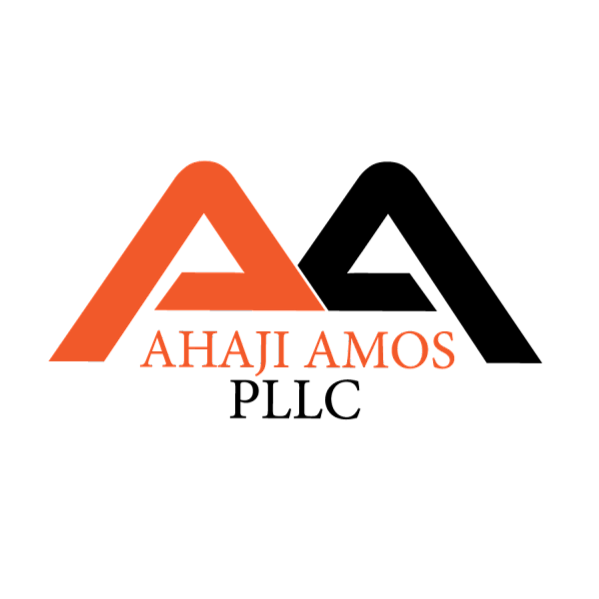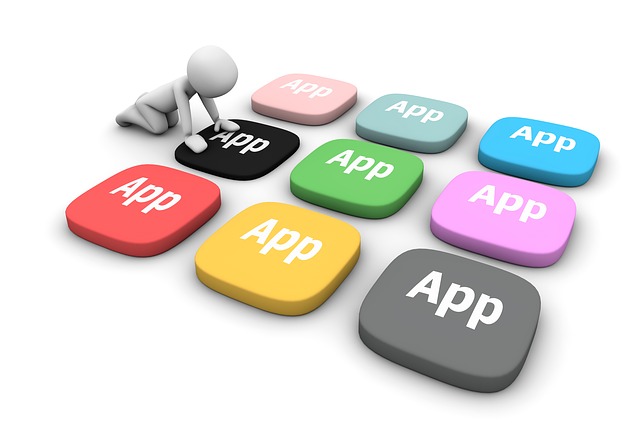
BLOG
CAN I GET A PATENT ON MY INVENTION?
Can I get a patent on my invention? Your questions about whether your invention can be protected with a patent are answered.
Do you have an invention that you would like to patent, but you do not know how to determine if you can get a patent for your invention? Below are some guidelines that will help you determine if you can get a patent for your invention.
To qualify for a patent, an inventor or applicant must have invented a useful invention that qualifies as patentable subject matter, which is both new and non-obvious.
Who can obtain a patent?
Whoever invents or discovers any new and useful process, machine, manufacture, or composition of matter, or any new and useful improvement thereof, may obtain a patent therefor.
How can I determine if my invention is patentable?
A claimed invention must be eligible for patenting. There are two criteria for determining subject matter eligibility:
· first, a claimed invention must fall within one of the four categories of invention recited in 35 U.S.C. 101, i.e., process, machine, manufacture, or composition of matter; and
· second, a claimed invention must be directed to patent-eligible subject matter and not to a judicial exception (unless the claim as a whole includes additional limitations amounting to significantly more than the exception).
What is a judicial exception?
The judicial exceptions are subject matter which courts have found to be outside of, or exceptions to, the four statutory categories of invention, and are limited to abstract ideas, laws of nature and natural phenomena (including products of nature).
Are there any other restrictions on subject matter that I should consider?
Yes, you should also consider double patenting—which is two patents issuing on the same invention to the same applicant. More specifically,
· the “same invention” means that identical subject matter is being claimed. If more than one patent is sought, a patent applicant will receive a statutory double patenting rejection for claims included in more than one application that are directed to the same invention.
How can I tell if my invention is new?
NOVELTY; PRIOR ART.—A person shall be entitled to a patent unless—
the claimed invention was patented, described in a printed publication, or in public use, on sale, or otherwise available to the public before the effective filing date of the claimed invention; or
the claimed invention was described in a patent issued, or in an application for patent published or deemed published, in which the patent or application, as the case may be, names another inventor and was effectively filed before the effective filing date of the claimed invention.
The prior art reference must teach and every aspect of your invention either explicitly or impliedly. Any feature not directly taught must be inherently present.
What is considered prior art pursuant to 35 U.S.C. 102?
Remember that your invention must be a new and useful process, machine, manufacture, or composition of matter, or any new and useful improvement thereof. So, 102 prior art includes anything that can be used to establish the state of technology before you filed your patent application. Below are some examples of prior art.
· any publication such as a brochure
· a magazine article
· a published patent or patent application
· advertising
· a web page
· a public showing of a product
· an offer for sale
· a sale of a product
· prior invention by another
· public or commercial use of a product
· public knowledge of the invention
This requirement excludes “throw-away,” “insubstantial,” or “nonspecific” utilities, such as the use of a complex invention as landfill, as a way of satisfying the utility requirement of 35 U.S.C. 101.Credibility is assessed from the perspective of one of ordinary skill in the art in view of the disclosure and any other evidence of record (e.g., test data, affidavits or declarations from experts in the art, patents or printed publications) that is probative of the applicant’s assertions. (MPEP §2107)
35 U.S.C. 103 Conditions for patentability; non-obvious subject matter.
A patent for a claimed invention may not be obtained, notwithstanding that the claimed invention is not identically disclosed as set forth in section 102 , if the differences between the claimed invention and the prior art are such that the claimed invention as a whole would have been obvious before the effective filing date of the claimed invention to a person having ordinary skill in the art to which the claimed invention pertains. Patentability shall not be negated by the manner in which the invention was made.
How can I determine if my invention contains non-obvious subject matter?
The reference teachings must somehow be modified in order to meet the claims. Moreover, the modification must be one which would have been obvious to one of ordinary skill in the art.
Yes, the factual inquiries set forth in Graham v. John Deere Co., 383 U.S. 1, 148 USPQ 459 (1966), that are applied for establishing a background for determining obviousness under 35 U.S.C. 103 are summarized as follows:
· Determining the scope and contents of the prior art.
· Ascertaining the differences between the prior art and the claims at issue.
· Resolving the level of ordinary skill in the pertinent art.
· Considering objective evidence present in the application indicating obviousness or nonobviousness.
How can I tell if my invention is useful?
Your invention must have a well-established utility. An invention has a well-established utility if:
· a person of ordinary skill in the art would immediately appreciate why the invention is useful based on the characteristics of the invention (e.g., properties or applications of a product or process), and
· the utility is specific, substantial, and credible.
The patent prosecution process is complex – there are a myriad of rules, statues and case law that are part of patent law. You should partner with an experienced patent attorney to prepare and prosecute your patent application to ensure that your invention rights are properly protected.
Ahaji Amos is patent and trademark attorney with 17 years of experience in intellectual property litigation and prosecution at Ahaji Amos, PLLC, a law firm that represents startup and small businesses in all matters including patent prosecution, trademark prosecution, copyrights, trade secrets, oppositions, cancelations, equity funding and commercial litigation. Ahaji Amos, PLLC is dedicated to representing entrepreneurs, inventors, and innovators.
This article is for information and advertising purposes and does not constitute legal advice. No attorney-client relationship is formed in the absence of a fully written and executed engagement agreement between Ahaji Amos, PLLC and its clients. Ahaji Amos can be reached at ahaji@ahajiamos.com. More information can be found at https://ahajiamos.com.
I’m on YouTube!











